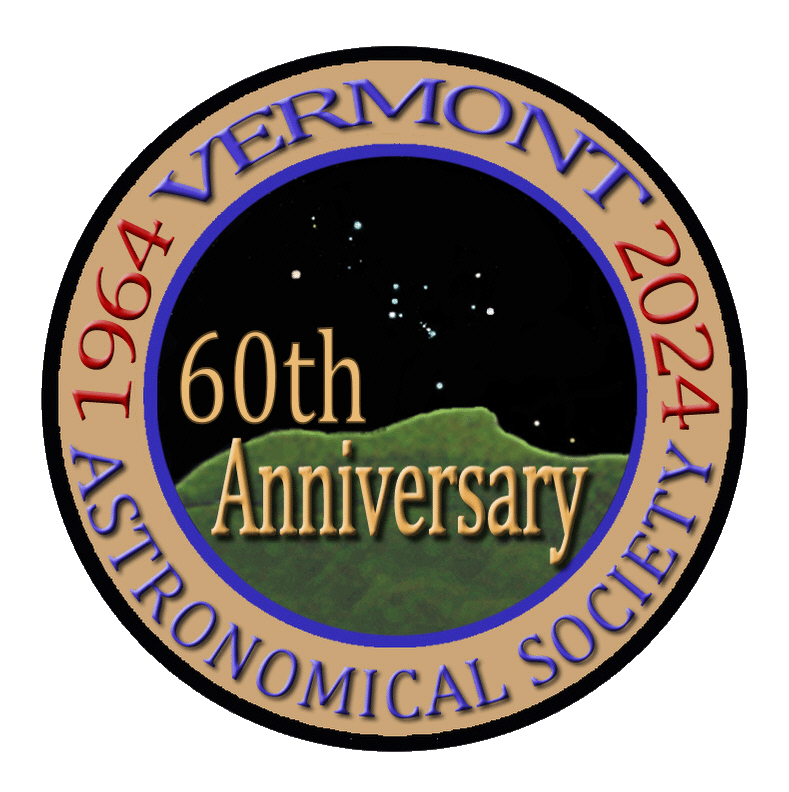I've captured this over February and a couple nights this month. It's so low, only getting to around 21 degrees and quickly falling off. I'm surprised I got anything as I imaged from 21 down to 13 degees!
I shot this with a TEC140 with AP flattener at 1040mm. The camera is an ASI6200 mono camera with Chroma filters. I shot the nebula in OIII and Ha and got about 200 minutes of OIII in 10 min subs 100 minutes of Ha exposure in 10 minute subs, then captured 30 minutes of R, G and B for stars in 2 minute subs.
The Dolphin head is an interesting object which shows mostly in OIII, but with a lot of Ha, I think I could get a big more red inside of the bubble. It's also a bit difficult to process given how dim it is. Most of my OIII was taken during moonshine, and this significantly hurt the contrast. I had to do a lot to get this out of the much.
The Dolphin Head nebula surrounds a Wolf-Rayette Star named EZ Canis Majoris, so this nebula is in Canis Major. The wolf-rayette star is devoid of hydrogen at its surface and someday may go super-nova and obliterate the nebula. The nebula formed around 70,000 years ago when EZ Canis Majoris threw off it's outer layers revealing inner layers of heavier elements. Fast stellar winds blowing at 1700km/s from the star create the bubble shaped nebula as they sweep up slower moving material from an earlier phase of the stars evolution. The nebula is approximately 60 ly across. They call this an HII region, but the hydrogen emissions are much less than the OIII I pick up with my filters. I assume that the oxygen is part of the heavier elements being swept up.
Besides the OIII in the Dolphin Head, there is quite a bit of OIII and Ha scattered across the image in the background, but the OIII dominates. If I get a bit more data I may try to bring out more.
@terri That's absolutely beautiful, Terri!! That is LOW!! You did a fantastic job of capturing this gorgeous target. Nice going.
Greg
@terri That's absolutely beautiful, Terri!! That is LOW!! You did a fantastic job of capturing this gorgeous target. Nice going.
Greg
Thanks Greg, as always you're too nice.. but I'll take it! 🙂 I'm pretty pleased. Last night as I was finishing Ha and my scope was hitting the trees, the object was at 13 degrees!
Terri
@terri That's really amazing you can shoot that low! The lowest southern horizon from one of the two places I shoot from is about 21 degrees, so this beauty would just be getting into the trees right about imaging time. I might have to eventually travel to image this one...
Greg
@terri That's absolutely beautiful, Terri!! That is LOW!! You did a fantastic job of capturing this gorgeous target. Nice going.
Greg
Thanks Greg, as always you're too nice.. but I'll take it! 🙂 I'm pretty pleased. Last night as I was finishing Ha and my scope was hitting the trees, the object was at 13 degrees!
Terri
Thanks Greg, and just to be clear, the last shot when I was at 13 degrees had some tree obstruction. So maybe at 13.5.. it was low though!!
Terri

